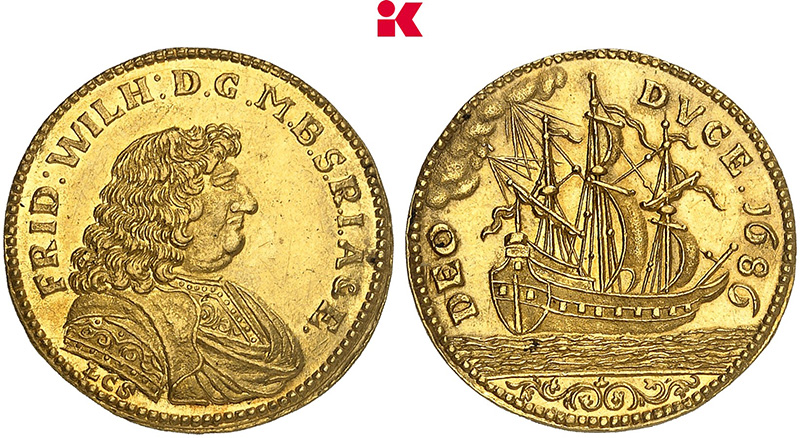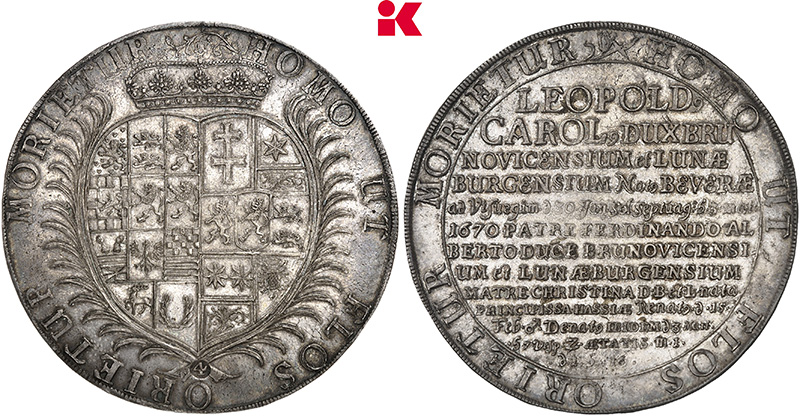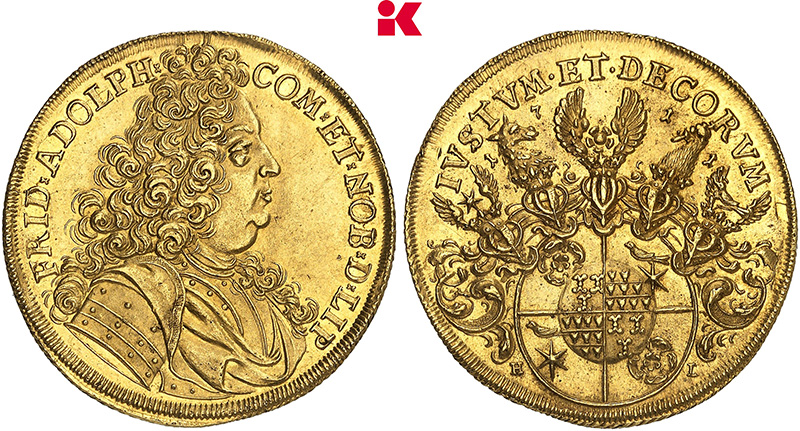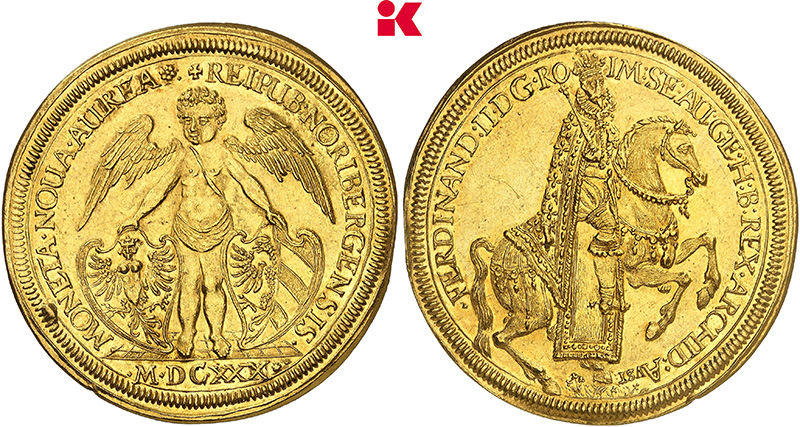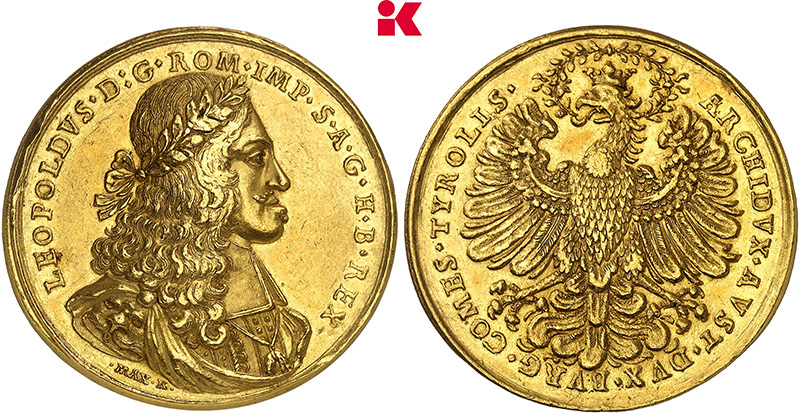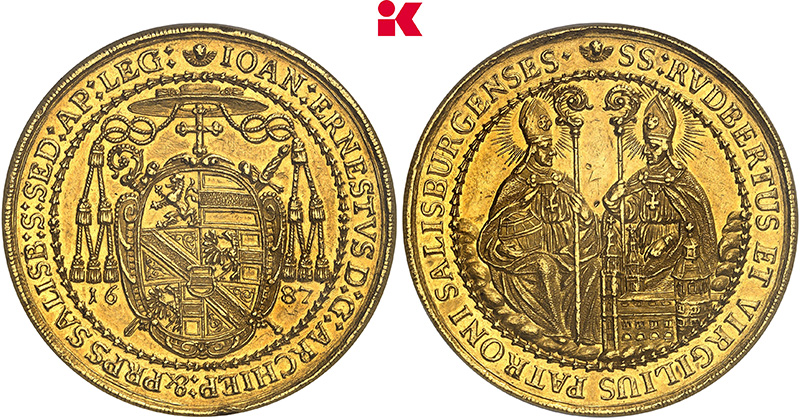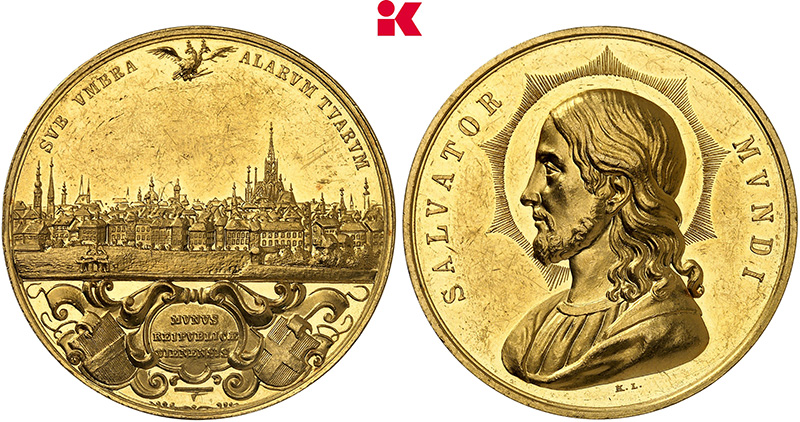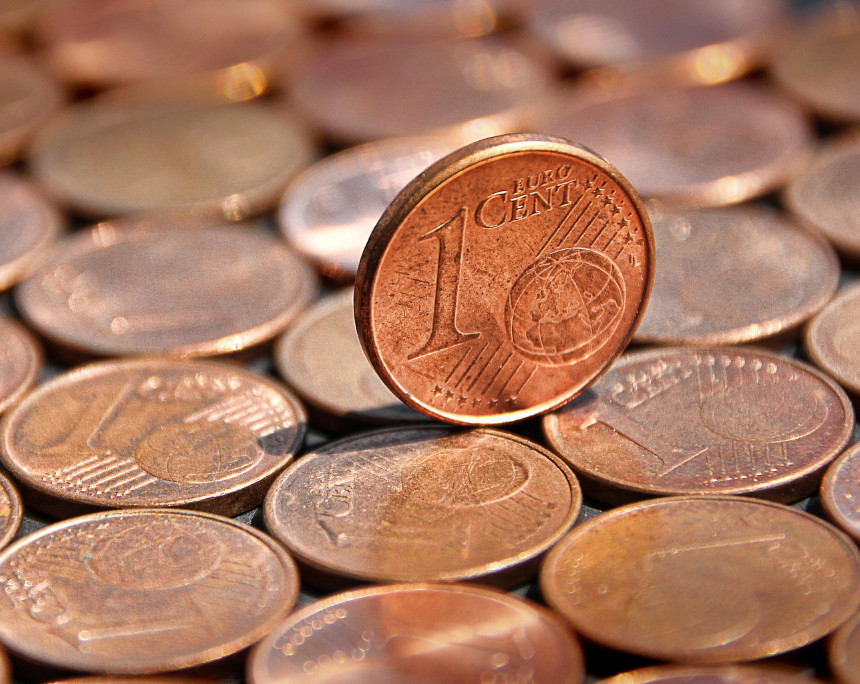Will Germany Abolish the 1 and 2 Cent Coins?
By way of majority, the National Cash Forum advocates rounding up or down to the nearest 5 euro cent for cash payments in Germany. The Federal Ministry of Finance is called upon to advocate for, and press ahead with, a binding statutory rounding rule in Germany. The rounding rule should be applied across Europe as uniformly as possible.
The National Cash Forum was established in February 2024 on the initiative of the Bundesbank with the objective of securing cash as a widely used means of payment and maintaining its availability. The Forum is made up of representatives from the associations of the banking industry, retail trade, consumer protection, the CIT industry and vending machine operators.
Under the proposed rounding rule, buyers and sellers would have to round the total purchase price up or down to the nearest 5 cent for cash payments. Purchase amounts ending in 1 or 2 cent would be rounded down and amounts ending in 3 or 4 cent would be rounded up. For example, €5 would be payable instead of €4.99, while €1 would be payable instead of €1.02. This is already common practice in some European countries, such as Finland and the Netherlands. A single European solution is yet to be found.
According to surveys, low-value coins are not very popular: in the latest Eurobarometer, the majority of respondents were in favour of abolishing 1 and 2 cent coins. This opinion survey is commissioned annually by the European Commission in all EU countries. Furthermore, 1 and 2 cent coins return to the euro area national central banks less frequently than coins with higher face values. This suggests that these low-value coins are mostly hoarded or lost.
Overall, the economic and environmental costs of producing, packaging and transporting 1 and 2 cent coins are high relative to their face value. “If we discontinued the circulation of 1 and 2 cent coins, cash would become more appealing to users. In addition, the cash cycle would be more sustainable and efficient”,” explained Burkhard Balz, member of the Bundesbank Executive Board and Chair of the National Cash Forum.
All of the National Cash Forum’s meeting minutes and findings can be found at the website. The site also serves as a central source of information on cash as well as including basic information on banknotes and coins.







